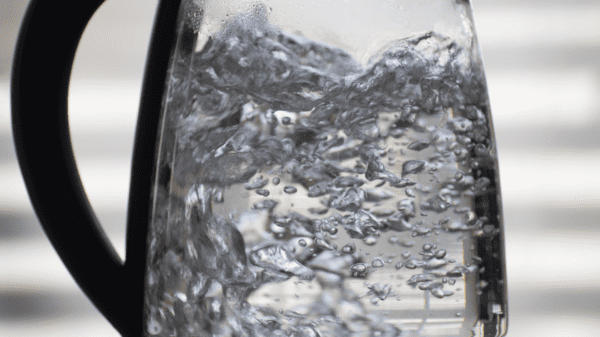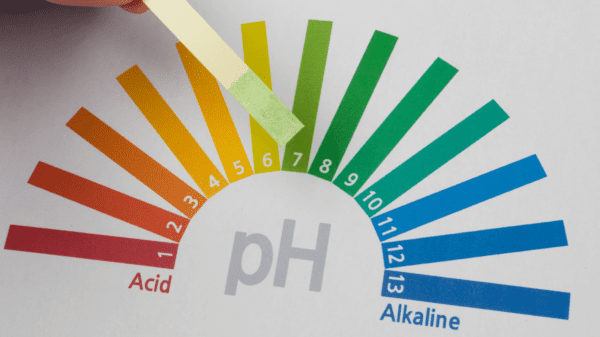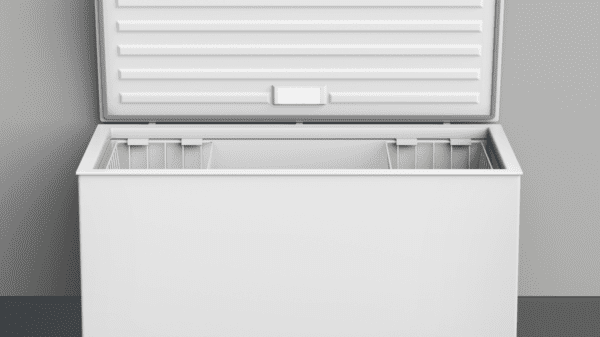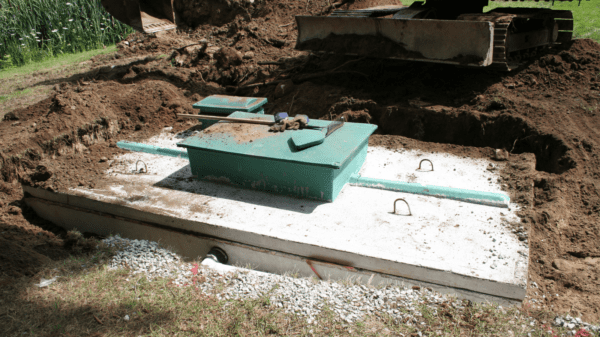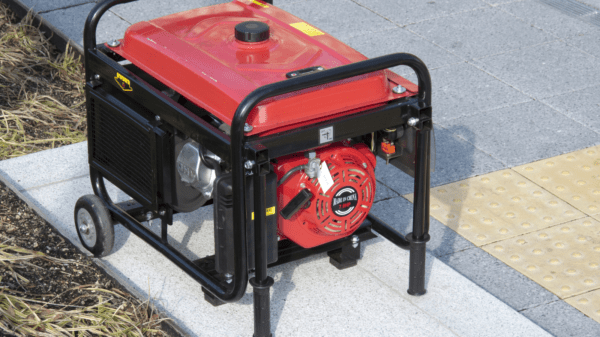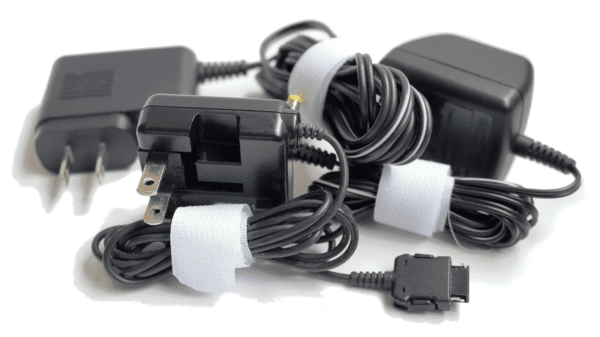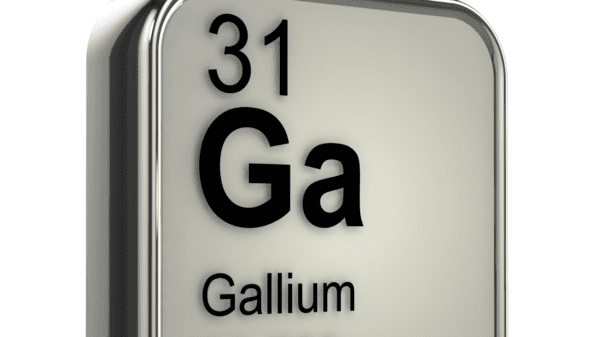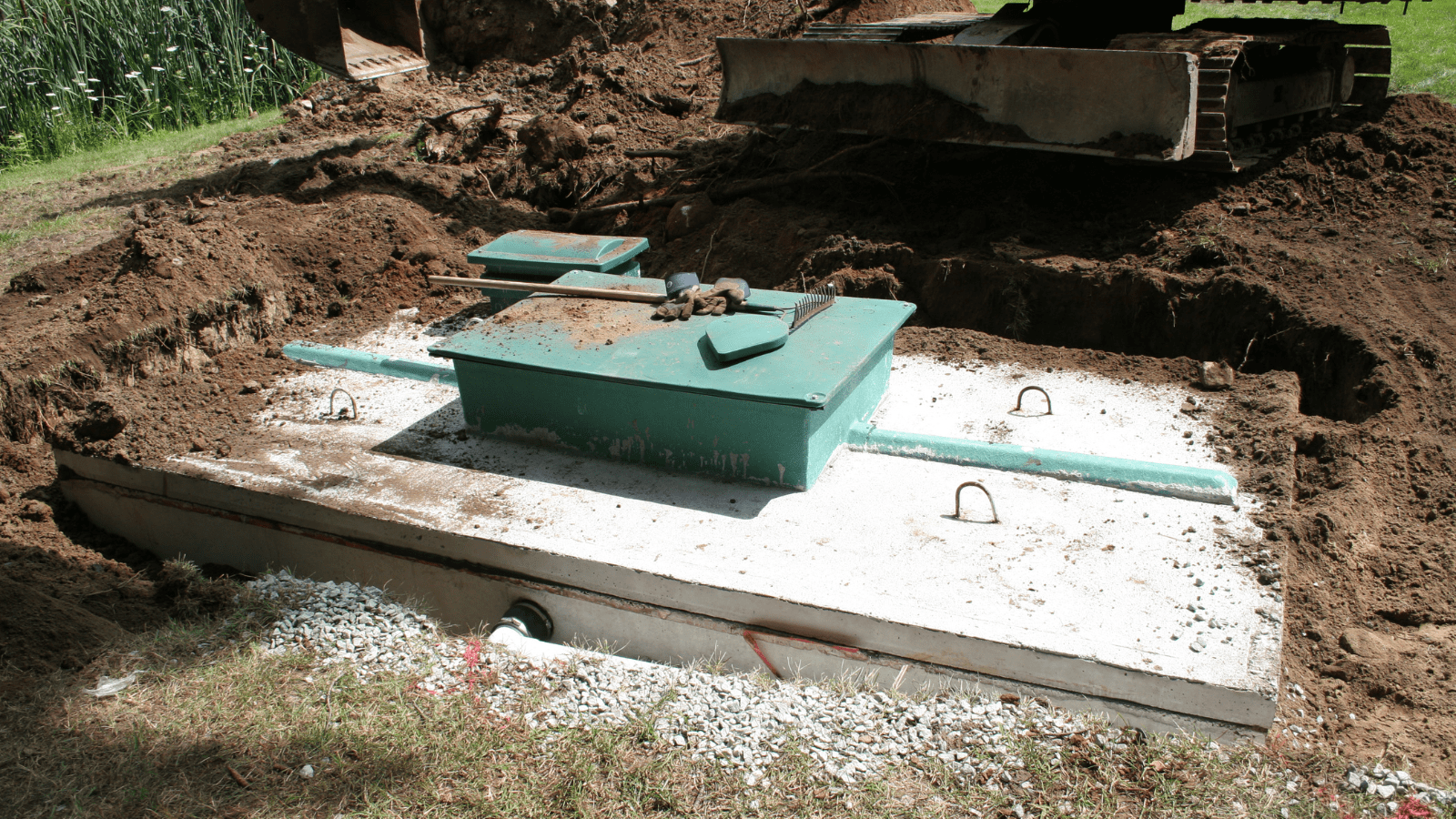In this in-depth article, we will explore the world of home septic systems, covering everything from common mistakes homeowners make to helpful resources and tips for maintaining your septic system. Septic systems are essential for treating and disposing of wastewater in homes that are not connected to a public sewer system. A well-maintained septic system will not only function efficiently but also protect the environment and your property from potential damage.
Table of Contents
Common Mistakes Homeowners Make
- A. Not performing regular maintenance
- Ignoring regular septic system maintenance, such as tank pumping and inspections, can lead to system failures, costly repairs, and environmental damage. Always adhere to a routine maintenance schedule.
- B. Flushing non-biodegradable items down the toilet
- Non-biodegradable items, such as wipes, diapers, and feminine hygiene products, can clog pipes and septic tanks. Only flush human waste and toilet paper to prevent system blockages and backups.
- C. Overloading the system with water
- Excessive water use can overload your septic system and cause premature failure. Conserve water by using high-efficiency appliances and fixtures, and spread out water-intensive tasks, like laundry, throughout the week.
- D. Planting trees too close to the septic system
- Tree roots can infiltrate septic tanks and drain fields, causing system damage and failure. Keep trees and large shrubs at least 30 feet away from your septic system components.
- E. Building structures on top of the drain field
- Constructing buildings, patios, or other structures on top of your drain field can compress the soil, reduce its ability to absorb wastewater, and lead to system failure. Always maintain clear access to your drain field and avoid placing heavy objects on the area.
- F. Not keeping accurate records of septic system maintenance
- Good record-keeping helps you stay on top of maintenance schedules and troubleshoot potential problems. Keep a log of all septic system maintenance, including tank pumping and inspections, and have a detailed map of your system’s location and components.
Frequently Asked Questions (FAQ)
- Q1: How often should I pump my septic tank? A1: Generally, septic tanks should be pumped every 3 to 5 years, but this may vary depending on usage and tank size.
- Q2: Can I use chemical additives in my septic system? A2: Although some people use additives, they are not necessary and can sometimes cause harm to the septic system.
- Q3: How do I know if my septic system is failing? A3: Common signs of a failing septic system include slow draining fixtures, sewage odors, and standing water near the drain field.
- Q4: How much does it cost to install a new septic system? A4: Installation costs can vary widely depending on factors like location, system type, and soil conditions. On average, expect to pay between $3,000 and $15,000.
List of Helpful Resources
- A. US Environmental Protection Agency (EPA) Septic Systems Homepage
- B. National Environmental Services Center (NESC)
- C. National Onsite Wastewater Recycling Association (NOWRA)
- D. InspectAPedia Septic System Inspection & Education
Costs of Septic Systems
| System Type | Average Cost Range |
|---|---|
| Conventional Gravity System | $3,000 – $5,000 |
| Pressure Distribution System | $5,000 – $7,000 |
| Advanced Treatment System (e.g. Aerobic) | $10,000 – $15,000 |
| Mound System | $10,000 – $20,000 |
Accessories and Tips for Maintaining a Septic System
- Install effluent filters
- Effluent filters prevent solids from entering the drain field, reducing the risk of clogs and system failures. Install an effluent filter in the septic tank outlet and clean or replace it regularly as recommended by the manufacturer.
- Invest in a septic tank alarm
- Septic tank alarms alert you when the tank is reaching its capacity and needs to be pumped. This helps prevent overflows and backups, protecting both your home and the environment. Choose an alarm system that is compatible with your septic tank and have it installed by a professional.
- Use water-efficient fixtures and appliances
- Reducing the amount of water entering the septic system can prolong its lifespan and improve its efficiency. Install low-flow toilets, faucets, and showerheads, and consider upgrading to water-efficient appliances, such as Energy Star-rated washing machines and dishwashers.
- Spread out laundry loads over the course of the week
- Doing all your laundry on one day can overwhelm your septic system with large volumes of water. To prevent overloading, distribute laundry loads evenly throughout the week and select the appropriate load size setting on your washing machine.
- Do not use garbage disposals excessively
- Garbage disposals can increase the solids load in the septic tank, leading to more frequent tank pumping and potential clogs. Minimize garbage disposal use by composting kitchen scraps or disposing of them in the trash. If you do use a garbage disposal, opt for a septic-safe model designed to reduce the amount of solids entering the system.
- Have your septic tank inspected and pumped regularly by a licensed professional
- Regular inspections and tank pumping are essential for maintaining a healthy septic system. A licensed professional can detect and address potential issues early, preventing costly repairs and system failures. Follow the recommended pumping schedule for your tank size and usage, which is typically every 3 to 5 years.
- Monitor your system for signs of failure
- Keep an eye out for warning signs of septic system failure, such as slow draining fixtures, sewage odors, or standing water near the drain field. If you notice any of these symptoms, contact a professional immediately for assessment and repair.
- Properly dispose of household chemicals
- Avoid pouring harsh chemicals, such as paints, solvents, and automotive fluids, down the drain. These chemicals can disrupt the natural bacterial processes in your septic system and cause damage. Dispose of hazardous waste at designated collection sites in your community.
Information for New Homeowners with Septic Systems
If you’ve just purchased a home with a septic system, it’s essential to familiarize yourself with its components and proper maintenance. Here’s a list of tips to help you get started:
- Request septic system records from the previous owner
- Obtain any available records of the septic system’s installation, maintenance history, and any repairs that have been done. This information will help you plan for future maintenance and understand the current condition of the system.
- Get a professional inspection
- Have the septic system inspected by a licensed professional soon after moving in. They can assess the overall condition of the system and identify any potential issues that may need attention.
- Locate your septic system components
- Know the location of your septic tank and drain field, and create a detailed map or diagram for future reference. Avoid driving or placing heavy objects on these areas to prevent damage.
- Establish a maintenance schedule
- Develop a routine maintenance schedule based on the septic system’s age, size, and usage. Plan for regular inspections, tank pumping, and effluent filter maintenance. Keeping your system well-maintained will extend its lifespan and reduce the risk of costly repairs.
- Adopt septic-friendly habits
- Practice water conservation, avoid flushing non-biodegradable items, and properly dispose of household chemicals. These habits will help keep your septic system functioning efficiently and minimize the risk of failure.
- Monitor for signs of system failure
- Stay vigilant for warning signs of septic system problems, such as slow drains, sewage odors, or standing water near the drain field. Address any issues promptly to prevent further damage and maintain a healthy septic system.
Share Your Thoughts!
Thank you for reading our comprehensive guide to home septic systems. We hope you found this information helpful and informative. Please feel free to leave a comment below with any questions or experiences you’d like to share. Your feedback is valuable to us and helps us create even better content for our readers. Let’s continue the conversation!



